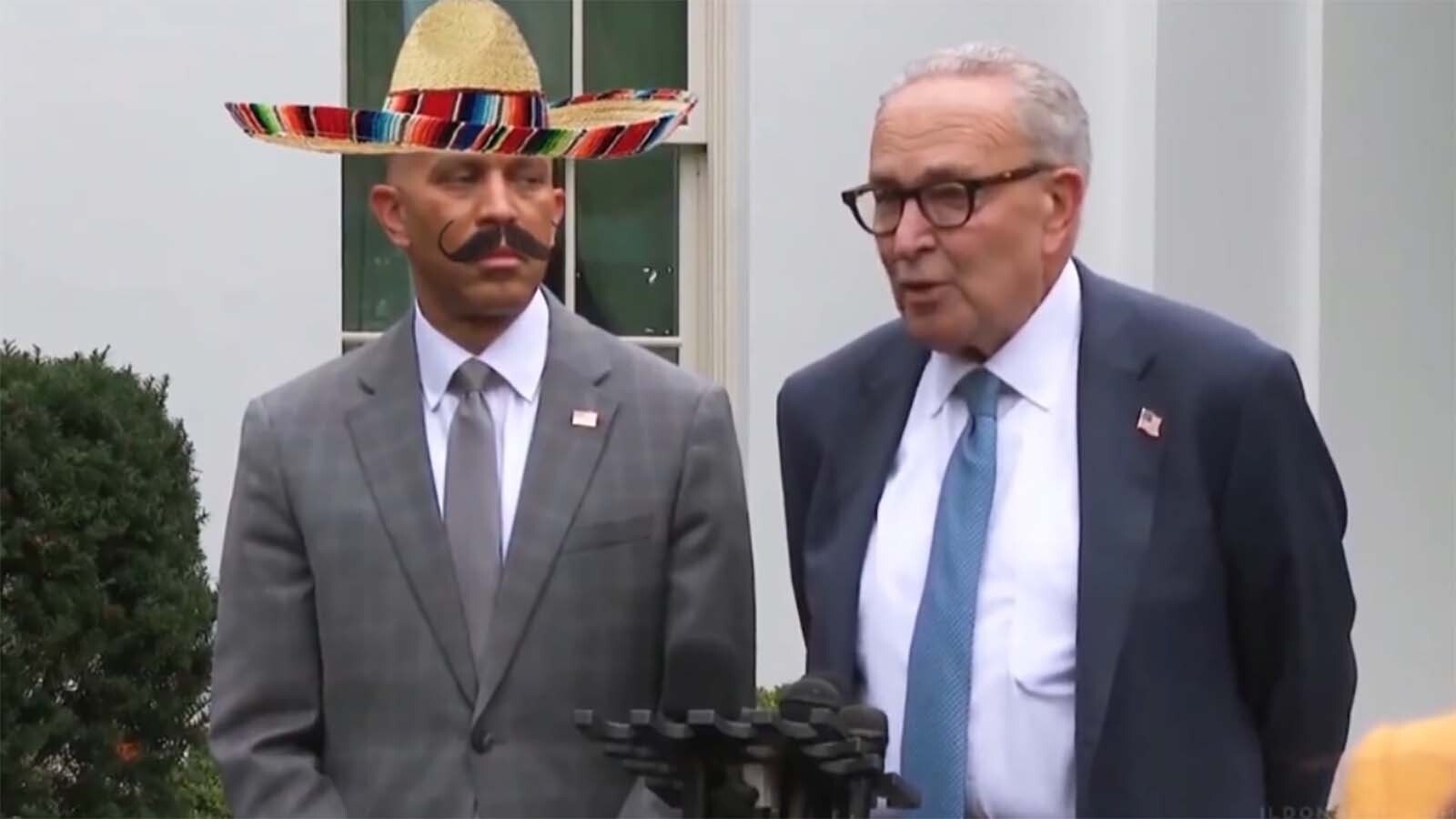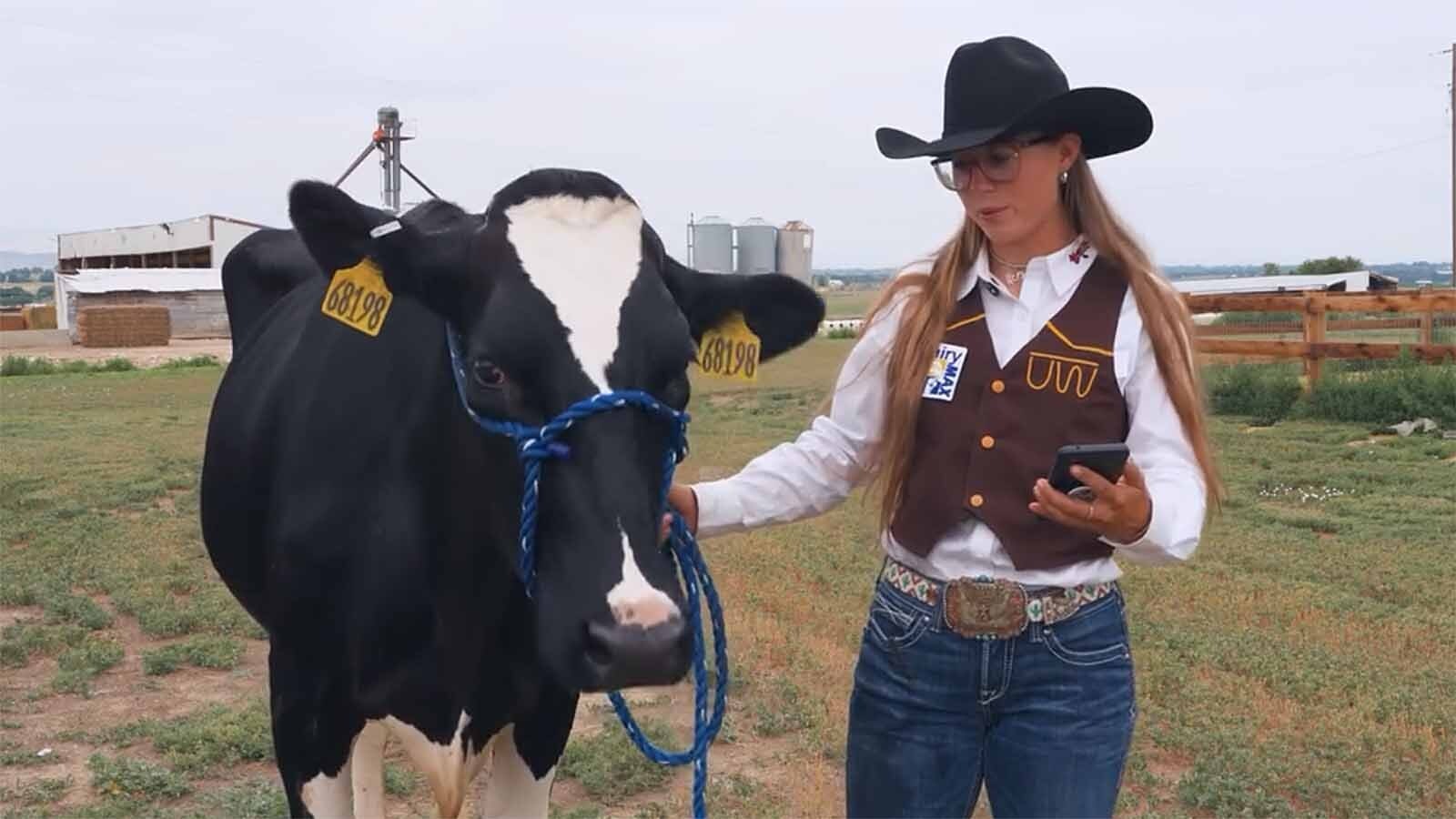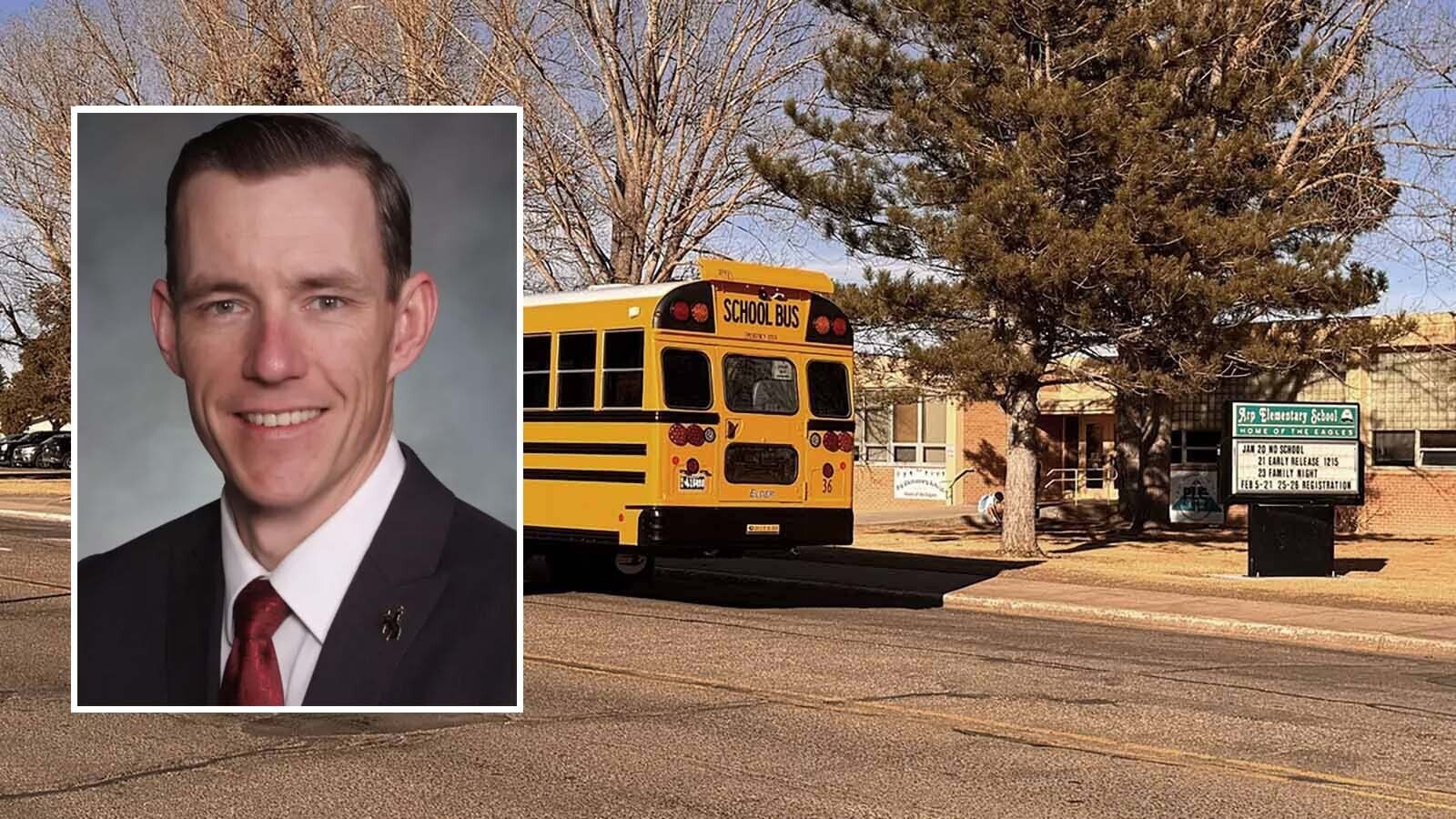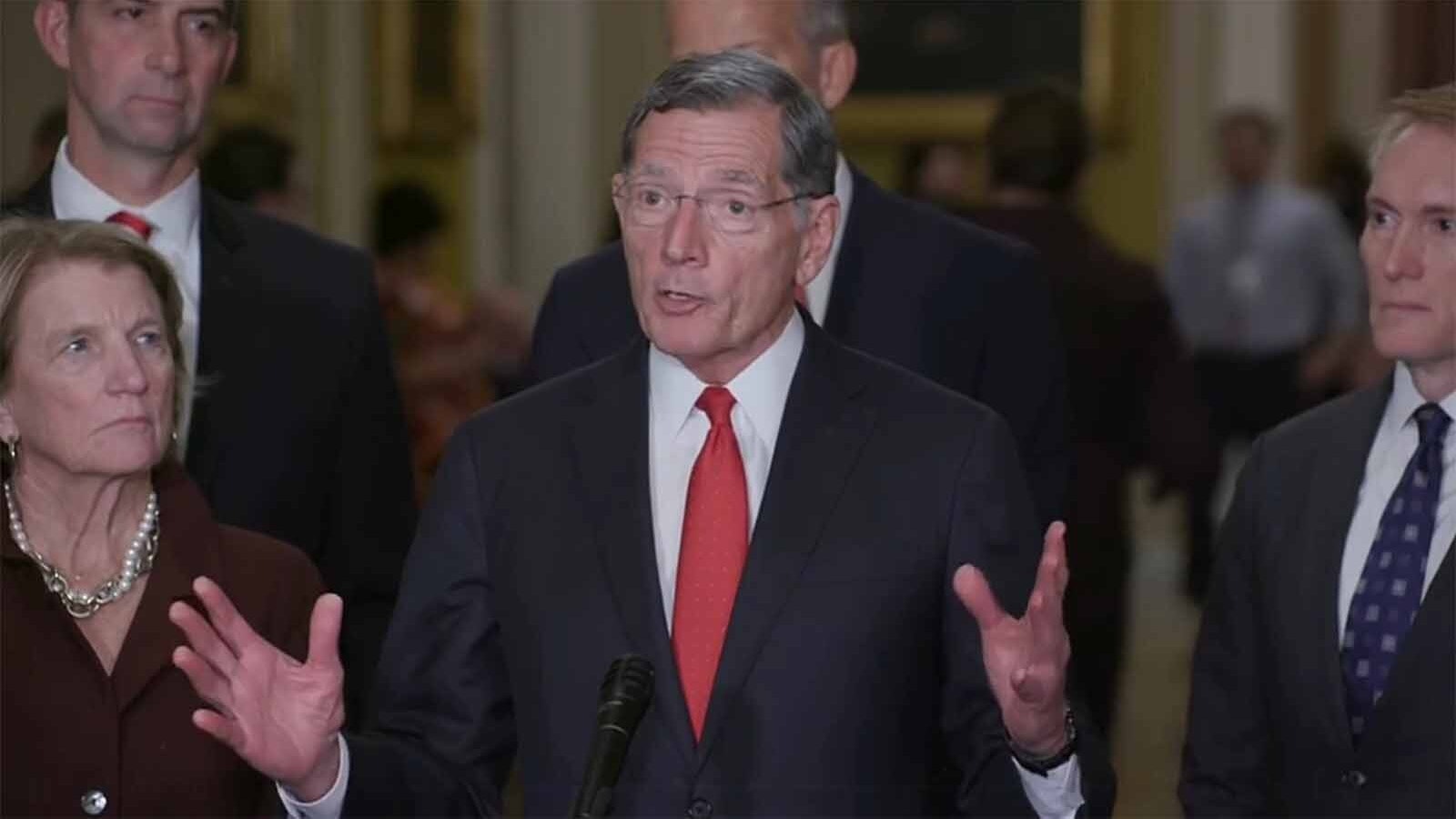The implementation of a 25% residential property tax cut has local governments around Wyoming, large and small, nervously eyeing their upcoming budgets.
Some of the smallest governments in Wyoming are bracing for the largest impacts.
Weston County, the second smallest county in the state, is projecting to collect $1.3 million less this year as a result of the cuts. Based on its $12.8 million general fund budget last year, that would represent a nearly 10% hit.
Weston County Assessor Kara Lenardson expects the general fund alone to take a $200,000 reduction.
Weston County Commissioner Chairman Nathan Todd said he could see potential cuts in the county attorney’s office and with the county fair.
“I don’t think it probably means jobs cut, but we’ve cut most of the fat already, so we’re probably going to have to cut the very last bit of it,” he said.
Sweetwater County is looking at $940,000 less in property tax revenue, said commissioner Taylor Jones, which he said will result in cuts in his county.
“I don’t know what yet, but we’ll definitely have to make some reductions,” he said.
In Park County, commission chairman Dossie Overfield said her county is expecting a roughly $2.5 million tax revenue reduction, which would result in a 5% less general fund revenue than 2024.
Overfield said the Park County budget has already been inflated by COVID-era federal grants in recent years, something that is now going away.
There are also still many unknowns about what the final tax cut impact will actually be since the application period for a 50% long term homeowner’s exemption is still open through Memorial Day weekend, but some early estimates are starting to come forward based on the 25% cut and 4% cap now in place.
“So, we’re still trying to figure out what it actually is,” Overfield said.
Park County Assessor Terry Call estimates the cut will return Park County to near its 2021 level of property tax revenues.
How Did We Get Here?
During the 2025 session, the Wyoming Legislature passed a law cutting residential property taxes by 25% on fair market home values up to $1 million.
Senate Enrolled Act 60 provides no make-up funding, known as a backfill, for special districts, local governments or schools that will see reduced revenue as a result of the cut.
In 2024, the Legislature passed another law putting a 4% cap on year-to-year property tax increases. Call estimates that the pre-cut residential property tax growth in Park County this year was around 5% to 6%, which roughly falls in line with what the long-term historical annual residential tax growth has been in Wyoming.
That year the Legislature also passed the 50% homestead exemption. Through Monday, the Department of Revenue reported that 28,835 applications had been filled out statewide for the homestead exemption. As of April 1, Park County ranked third in the state with 1,938 applications.
Overfield said “waffley” type situations could lead to some homeowners getting huge tax breaks by using multiple different exemptions.
She said her county isn’t expecting to make any cuts yet, but is not anticipating any growth either.
“What we have told staff is no increases or anything — that’s all for now,” Overfield said.
Laramie County Commissioner Gunnar Malm has a similar conclusion for his county, which he sees as somewhat protected by a diverse set of revenue streams. Malm worries about what will happen to local fire districts and EMS services, which are directly funded by property taxes.
“I worry about the residents getting adequate fire services, which may hinder their ability to get homeowners insurance and protect themselves from the weather or a fire,” he said.
Kurt Wilson, treasurer of the Laramie County Fire District No. 6 in Burns, said his agency is expecting less money but doesn't expect to get a heads up from county leaders about how much less until they start getting their checks in the mail from the county.
He sees his agency as particularly vulnerable because it has three full-time staff members trying to handle much bigger demands dominated by an increase in emergency medical calls.
“Volunteerism is down,” Wilson said. “We’re having problems completing our call loads. It’s been busier and busier.”
Cities And Towns
Cities and towns are also affected by the cuts, but to a lesser degree than counties because of their funding models, in which municipalities are more dependent on sales tax revenue as part of their funding model.
Still, the cities of Cheyenne and Casper are projecting about $3.5 million in combined reduced revenue as a result of the cuts.
The $1.7 million hit Cheyenne is expecting represents 2.4% of its budget based on 2024 numbers.
Mayor Patrick Collins said he isn’t planning any cuts thanks to revenue growing in other sectors, but sees the hit as more of an opportunity lost. With Cheyenne growing fast as a result of new companies and data centers coming to town, Collins said there’s a need for a larger law enforcement and emergency response staff.
“It really does hurt our ability to handle more people coming in and our ability to provide public safety,” he said. “It’s not the cuts I’m worried about, it’s the opportunity lost that really gives me concerns.”
Smaller cities aren’t immune from the property tax cut either, with the Wyoming Association of Municipalities reporting that Sheridan ($780,000), Douglas ($400,000), Cody ($300,000), Lander ($230,000) and Saratoga ($50,000) are all anticipating major hits to their respective budgets.
Leo Wolfson can be reached at leo@cowboystatedaily.com.





